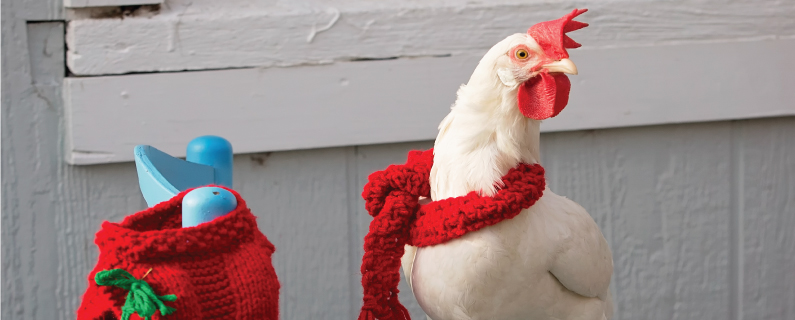
Though some hate to admit it, marketing and modern culture are inherently intertwined. Though the goal of marketing has not changed since its infancy, the means through which messages are delivered has adapted to the zeitgeist of the time and the culture it pervades. Marketing has in turn affected our culture: inspiring catchphrases, challenging standards and in one strange case completely inventing a whole new tradition. The case I speak of is how fast food chain KFC created a holiday tradition in Japan of eating fried chicken and cake on Christmas day. As we look deeper at this bizarre occurrence, we come to a better understanding of the relationship between marketing and popular culture.
How did the Colonel do it?
The 1970’s were a hugely transformative period for Japan. For the majority of its history, Japan remained a largely insular and provincial nation, due to both its geographic separation and military might. Decades after World War II however, Japan as a whole began to engage in the burgeoning global economy and the United States was one of its biggest mutual trading partners. Economic partnership led to a diffusion of cultures and ideas – some may remember the 70’s as the first time when Godzilla and sushi entered the American mainstream. The younger generations in Japan consumed American culture and found a sweet spot in American holiday traditions, Christmas specifically. American film and TV constantly showed the traditional Christmas dinner of a cooked turkey – a completely foreign animal to Japan. Since turkey was scarce to nonexistent in the early 70’s, KFC saw a golden-brown opportunity in its new Japanese regional operations.
In 1974, KFC launched a marketing campaign called クリスマスにはケンタッキー (“Kentucky for Christmas”), showing people happily chowing down on the “traditional” Christmas meal of fried chicken. It was a huge success – there were reports of 2 hour long waits outside of Japanese franchises to secure a meal for the holiday. To this day, a KFC “Christmas Party Barrel,” containing chicken, a salad and cake, continues to be the de facto meal of Christmas in Japan.
What we can learn from this marketing success?
This particular example, or as I like to call it “The Colonel’s Christmas Adventures in the Land of the Rising Sun,” shows the effects marketing and culture can have on each other. KFC executives saw that in Japan, there was a shifting cultural sentiment towards Americanization. More astutely, they saw a niche they could occupy with the scarcity of turkey in Japan. Some 40 years later, eating KFC on Christmas has become a tradition in itself, having nestled itself firmly in the minds of people and in Japanese culture.
Now that we’ve seen a salient example of the marketing/culture relationship, we may be able to more easily see why our marketing is the way it is, and how it can improve. With your own marketing efforts in mind, ask yourself the following questions:
- Why do I deliver my messages the way I do? What larger cultural values am I targeting?
- What values are changing now or in the future and how should my marketing change with them?
- Should I eat fried chicken for Christmas next year? (Yes.)
Understanding the relationship between culture and marketing can give us not only a better understanding of how and why certain marketing efforts succeed, but can also help us create better strategies for a continuously changing audience. With 2016 still new and fresh out of its package, there’s not a better time to reevaluate your marketing strategy than now.

